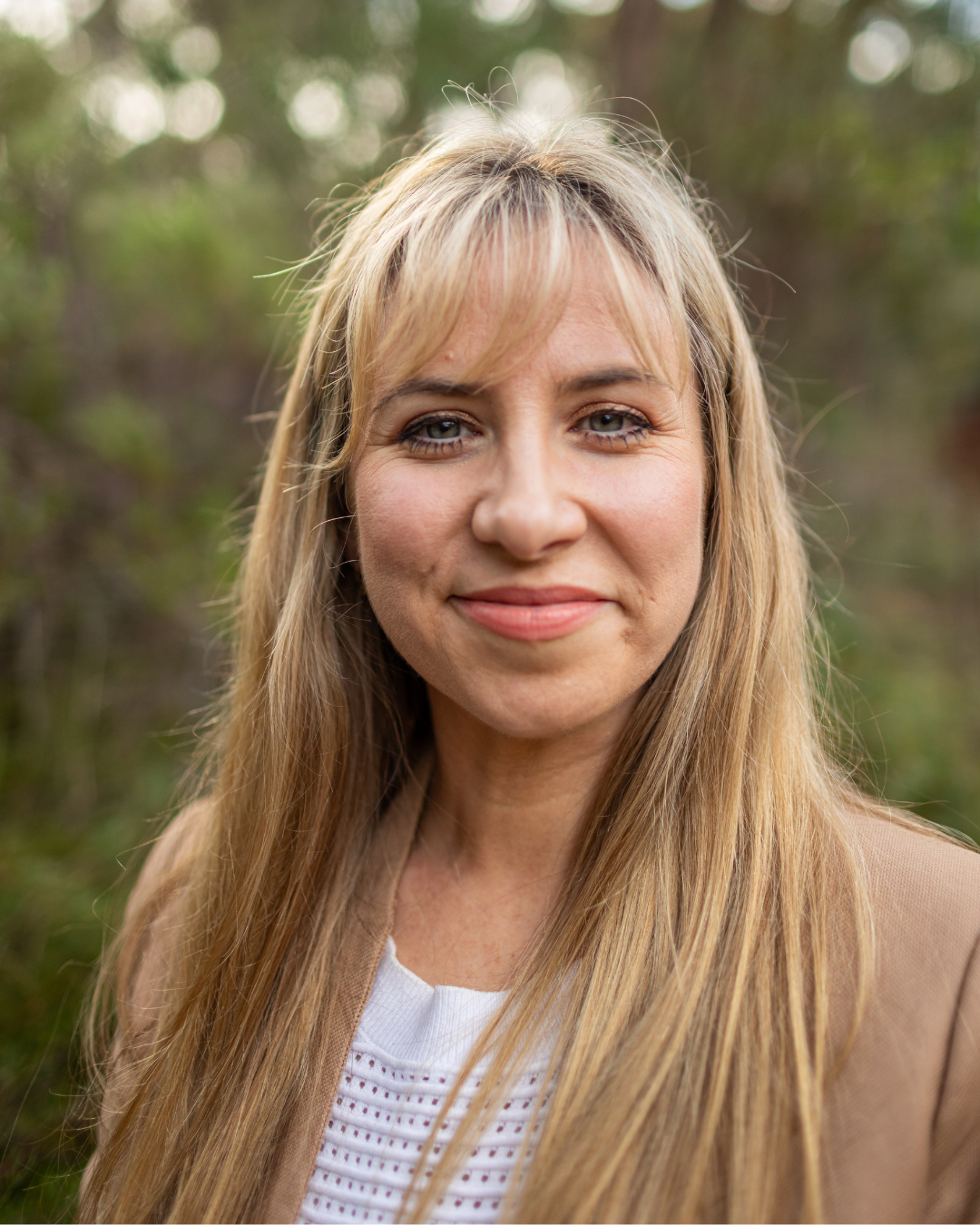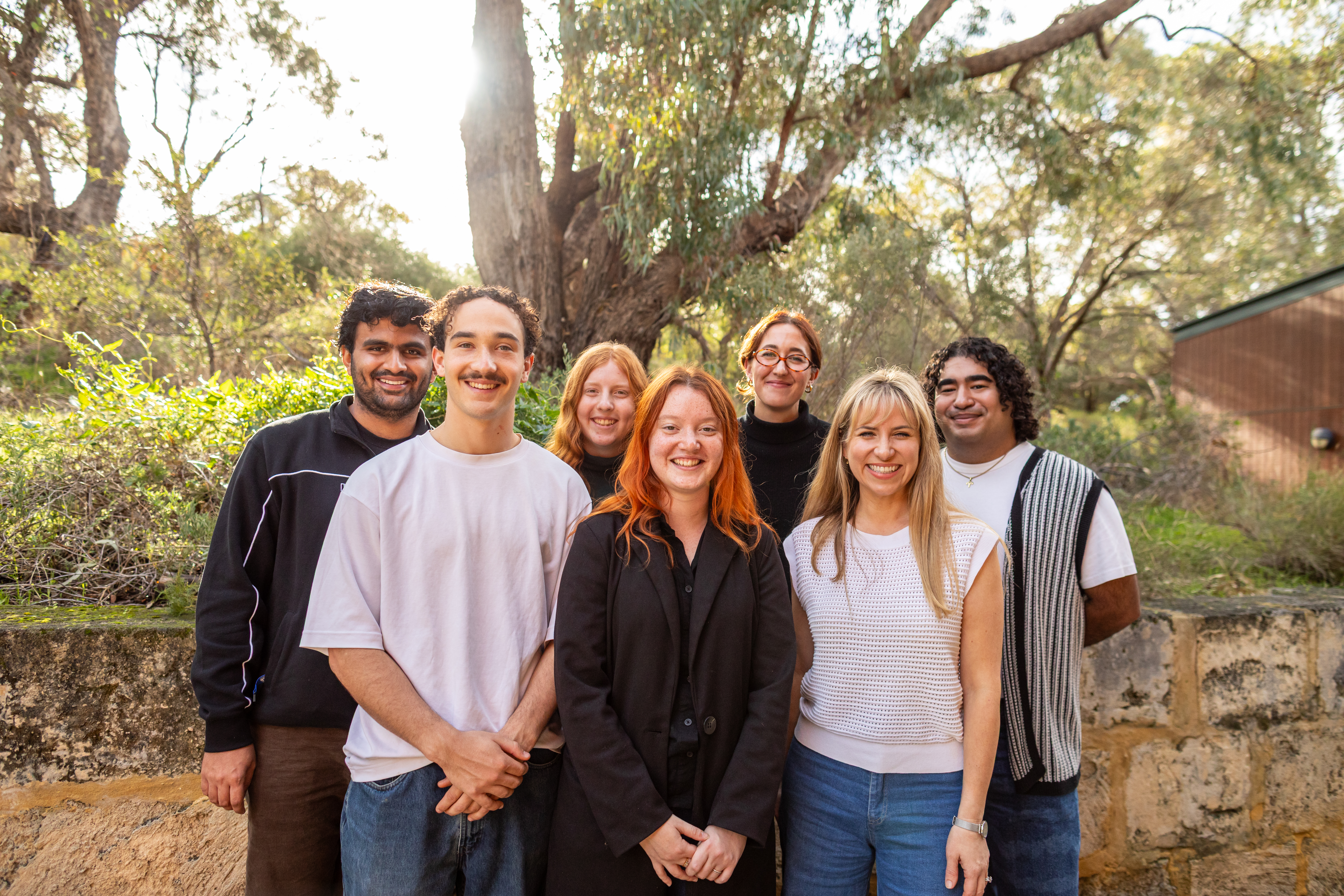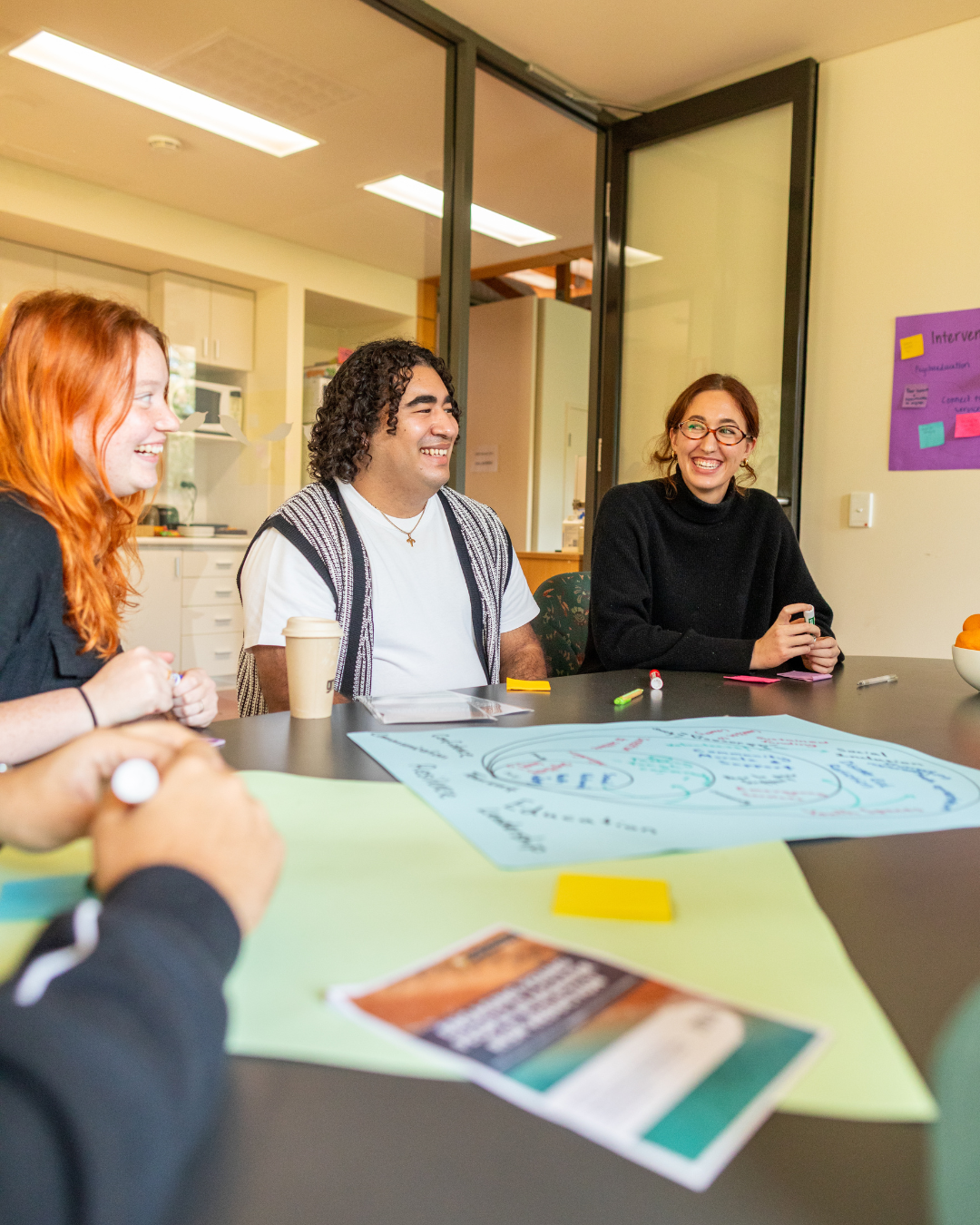“When Cyclone Seroja hit, we didn’t know what to think or what to prepare for. And for young people, that can look very different. People didn’t necessarily know where the community hub was or have the basics on hand. School was in a shambles because the teachers were affected, as well as the local shop. And when you’re isolated and the power goes out, you can’t text your friends – you don’t have those support networks that you usually have. It hits young people a lot harder and takes them a longer time to recover. That’s why I wanted to join the Crisis to Calm co-design group – because it would encompass everything that I found missing as a young person in a regional area.” – Peta Humphreys, Crisis to Calm Youth Co-Researcher.

With a ringside seat to the dramatic increase in the frequency and intensity of natural disasters in Western Australia, Elizabeth Newnham, Associate Professor in Population Health at Curtin University, was keen to explore their impact on mental health – particularly for young people experiencing multiple events.
Research indicates that children and adolescents are at significantly higher risk of mental health impacts than adults following natural disasters, with recovery often prolonged and symptoms lasting for months or even years post-event.
Backed by Healthway’s strong commitment to community health and wellbeing, Associate Professor Newnham and her team set out to find an innovative way to build young people’s resilience and social connection. From day one, they made it their mission to put young people at the heart of the project.
“We wanted to support young people in a way that was suited to their needs. Healthway funding allowed us to establish a youth co-researcher team of six young people aged between 17 and 22 – all with recent experience of disasters across rural and remote WA – to develop a new and exciting mental health initiative,” Associate Professor Newnham said.
Holding meetings online so that people could participate from remote and rural locations, the workshops guided the development of the Crisis to Calm intervention – including its content and delivery.

“We were blown away by the insight that young people brought to the process. Initially, we thought we might be developing a digital tool to support accessibility across the state. But given that young people consistently told us that what they’re missing is social connection, the youth co-researchers helped us to develop a group-based intervention that would support this,” she said.
The result of the research was six modules that can be delivered in any community and are relevant to all types of disasters:
- Module 1: Know Your Area (Disaster Preparedness and Resilience)
- Module 2: Taking Care of Yourself (Emotion Regulation)
- Module 3: Let’s Talk About It! (Communication Skills and Information Sources)
- Module 4: Planning a Creative Expression Initiative
- Module 5: Putting it All into Action!
- Module 6: Reflecting on Progress.
A trained youth facilitator (aged 18-30) leads the first three modules, covering developmentally appropriate mental health promotion activities. Participants also use the Crisis to Calm workbook for self-guided learning and are also encouraged to showcase their perspectives through personalised activities such as photography exhibitions, mural painting and tree planting.

Crisis to Calm launched in November 2024, alongside the Strength After Disasters website and Instagram account. The success of the initiative earned it a Highly Commended Resilient Australia Award (Mental Health category) in November 2024.
This Australian-first initiative has received further Healthway funding to test its effectiveness, with a pilot in 12 communities across WA. It is being delivered in partnership with key members of the disaster recovery sector and overseen by a youth steering group.
